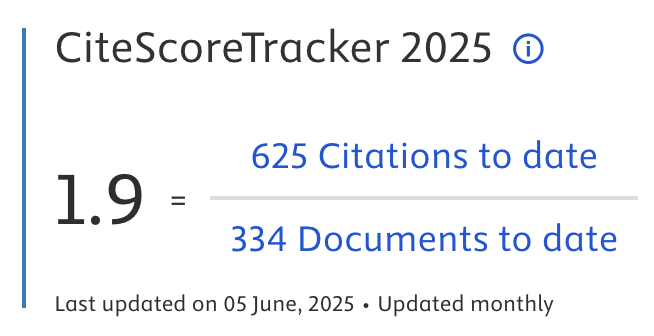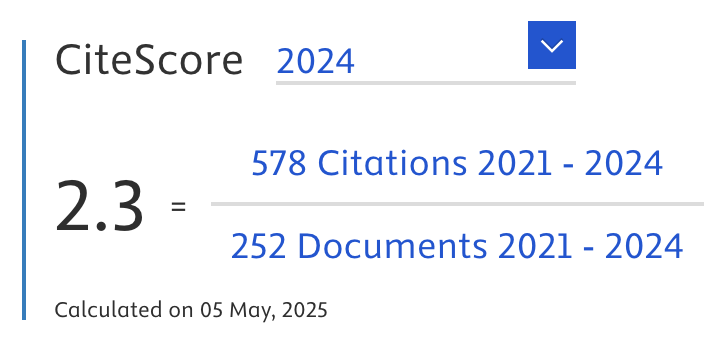Spatio-Temporal Variation in Bus Service Satisfaction and Policy Implications: A Case-Based Study in an Emerging Urban Area
Abstract
This study investigates the spatio-temporal variation in bus service satisfaction in a rapidly urbanizing city in Southeast Asia. The research addresses a critical gap in urban transit studies, where passenger satisfaction is often treated as a static construct, overlooking how satisfaction may fluctuate across different geographic areas and time periods. By applying a spatio-temporal analytical framework, this study aims to provide a more dynamic and localized understanding of transit service perceptions. The research builds upon existing approaches by integrating a structured survey based on the Customer Satisfaction Survey (CSS) method with Best–Worst Scaling (BWS) to prioritize service attributes. A stratified sampling technique was employed across multiple wards in the study area, with 612 valid responses collected during both peak and off-peak hours. The survey captured data on passenger experiences and preferences, disaggregated by time of day, location, and demographic characteristics. Multinomial Logit (MNL) modeling was used to estimate the relative importance of key service dimensions, such as punctuality, comfort, frequency, and accessibility. The analysis revealed significant spatial and temporal heterogeneity in satisfaction levels. For instance, passengers in peripheral wards rated reliability and onboard conditions more negatively compared to those in central areas. Similarly, satisfaction levels were lower during evening hours, particularly concerning bus overcrowding and wait times. The findings suggest that transit policy must adopt a more flexible and localized strategy, rather than uniform service standards, to address distinct user expectations. Targeted improvements in underperforming routes and time slots could enhance overall user experience and promote public transport usage. This study contributes new insights to the evaluation of urban bus services in emerging cities and underscores the value of incorporating spatio-temporal dynamics into transit planning and customer satisfaction research.
Article Metrics
Abstract: 216 Viewers PDF: 96 ViewersKeywords
Passenger Experience; Perceived Transit Quality; Urban Bus Systems; Best-Worst Analysis; Spatial and Temporal Dynamics
Full Text:
PDF
DOI:
https://doi.org/10.47738/jads.v6i4.879
Citation Analysis:
Refbacks
- There are currently no refbacks.

Journal of Applied Data Sciences
| ISSN | : | 2723-6471 (Online) |
| Collaborated with | : | Computer Science and Systems Information Technology, King Abdulaziz University, Kingdom of Saudi Arabia. |
| Publisher | : | Bright Publisher |
| Website | : | http://bright-journal.org/JADS |
| : | taqwa@amikompurwokerto.ac.id (principal contact) | |
| support@bright-journal.org (technical issues) |
 This work is licensed under a Creative Commons Attribution-ShareAlike 4.0
This work is licensed under a Creative Commons Attribution-ShareAlike 4.0





.png)